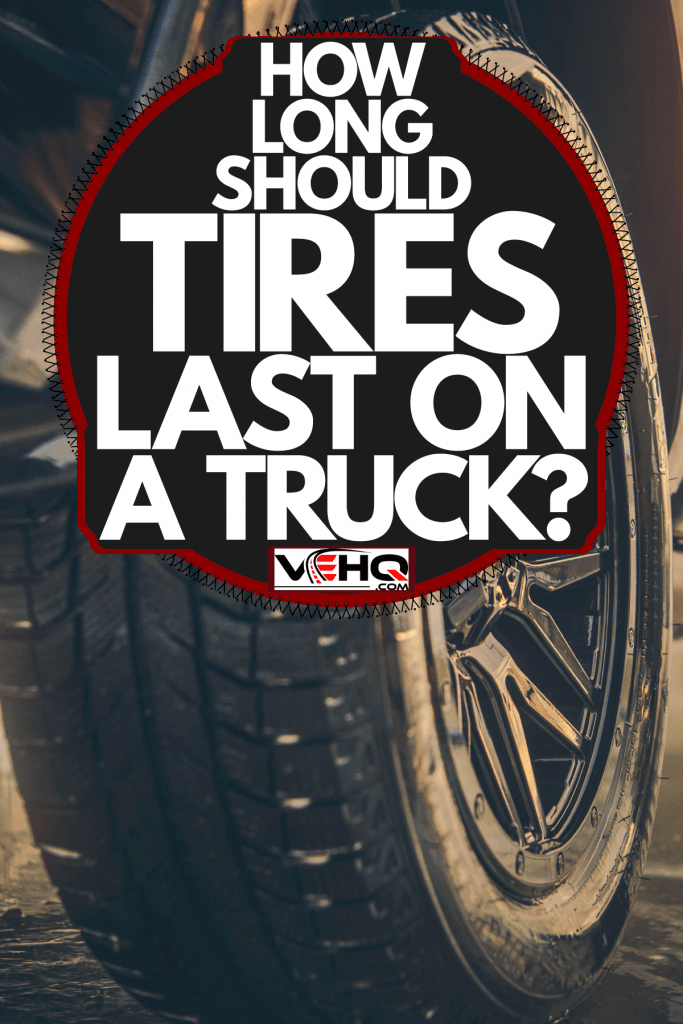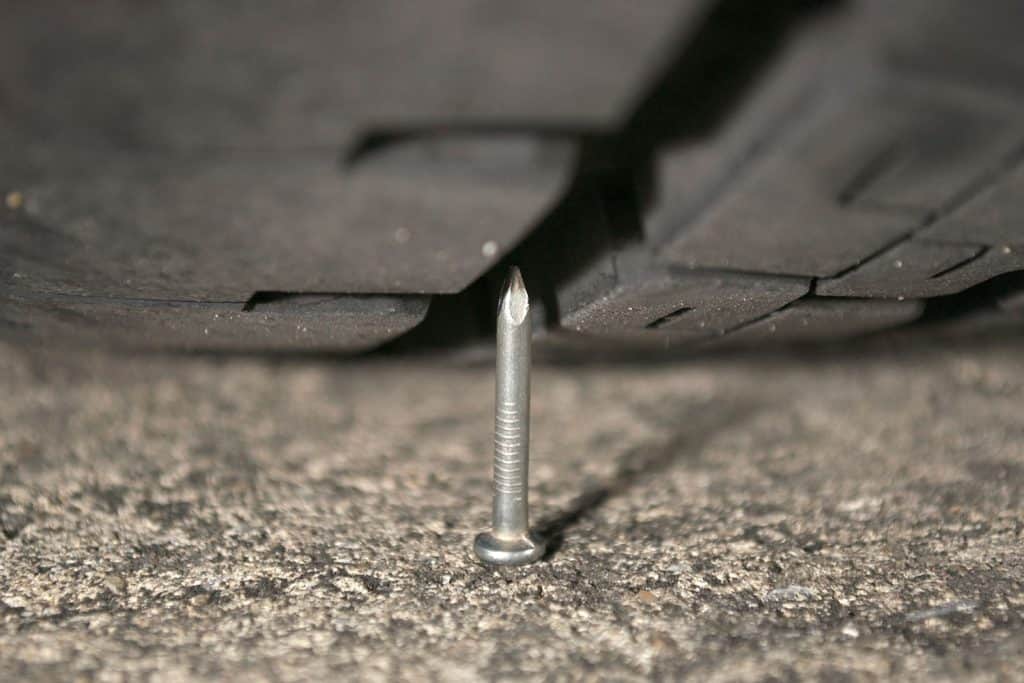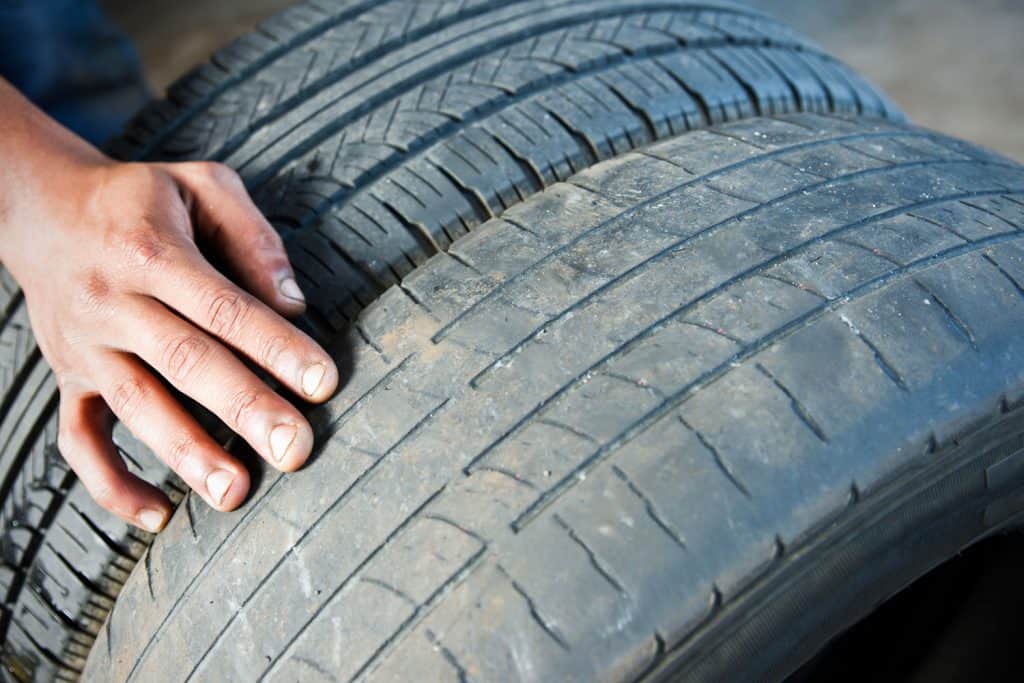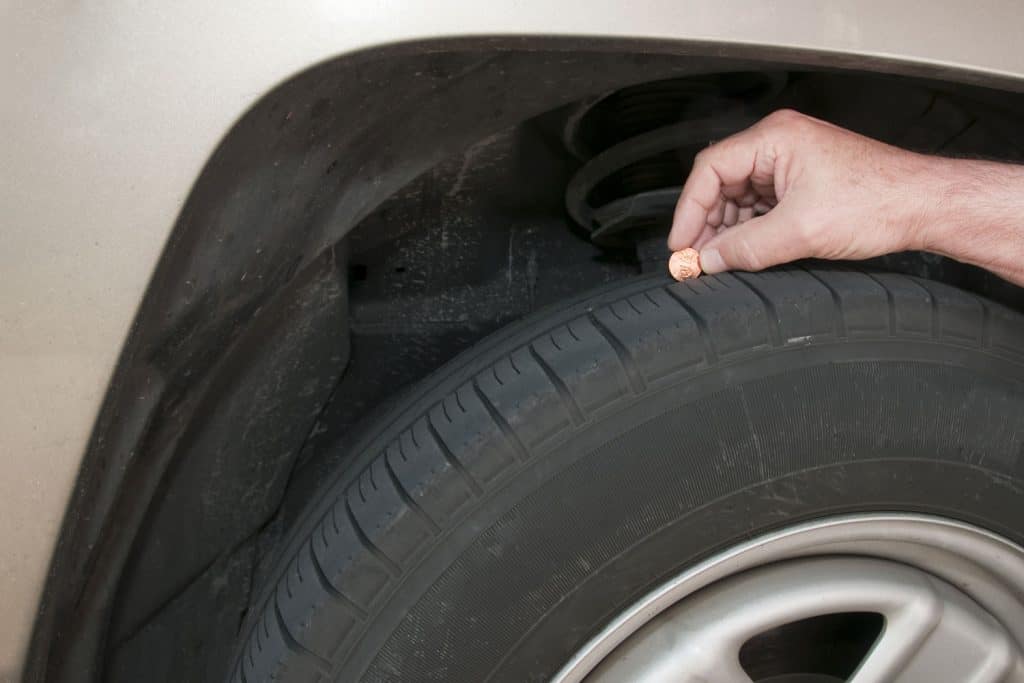Unfortunately, some drivers don't think about the tread on their tires until they have a blowout or a flat. Trucks, just like sedans, can become hazardous if their tires are not replaced when the tread becomes too low. So, how long should truck tires last? We've done the research to get an answer for you.
On average, the tires on a truck should last anywhere from 50,000 to 75,000 miles. This equates to about 4 to 5 years. However, there are factors to consider that can affect the lifespan. The length of time that your truck tires will last depends on a few factors, including:
- The make and model of your vehicle
- The type of tires you used
- Your driving style
- Other factors
Having your tires rotated and balanced should be part of an annual maintenance plan. Also, if driving 5 to 7 days a week back and forth to work, its best to ensure that your tires are kept at the appropriate tread. Continue reading to learn more about how to determine if your tires need to be replaced and other factors affecting their longevity.

Factors That Can Affect the Longevity of Truck Tires
The make and model of your truck
Trucks and SUVs place more weight on the vehicle's wheels, which plays a crucial role in how long the tires will last. It's also important to ensure that you have the right tires on your vehicle, as the wrong ones can wear out faster than they're supposed to. Some trucks are heavier than others, which can also cause the tires to wear out sooner.

Driving Style
The way that you drive can also play a role in the longevity of your tires. For example, if you have an aggressive and fast driving style, the tires on your truck will typically wear out faster due to the truck's heavy weight.
This can take a few thousand miles off of the longevity of your tires each year. So if you're worried about extending the life of your tires, be sure to use caution when driving over potholes and speed bumps, and avoid hard-and-fast accelerations.
The type and age of the tires
Tires that are over six years old should typically be replaced, especially on SUVs and trucks. The reason is that the compounds within the rubber on the tire will break down over the years, resulting in dry rot.
Your location
Your location also plays a substantial part in how long the tread of your tires will last. For example, if you live in an area that has very low temperatures, particularly in the winter, it can cause your tires to lose pressure, making them more susceptible to flats and blowouts.
Also, suppose you live in an area where the terrain is particularly rough or an urban environment riddled with potholes and other pavement obstructions. In that case, this can wear out your tires faster.
On the opposite end of the spectrum, if you live in a location that has extreme temperatures or constant exposure to sunlight, you may also find that your tires wear out faster. This is because the warm temperatures can heat up the pavement, while friction between it and the tire results in more wear.
Tire Maintenance Routine
If you are concerned about the length of time that your truck's tires will last, ensure that they are kept on a diligent maintenance plan. Here are some of the services included in most tire maintenance plans.
Have the air pressure checked every month
If you drive your car 12,000 miles a year or more-note that this is the minimum frequency that you should be checking the pressure. Most gas stations have air pumps that allow you to refill your tires for free. You can also purchase a tire gauge online or at your local auto shop for about $10.
Check out this tire pressure gauge on Amazon.
Get a tire rotation
The Tire Industry Association (TIA) advises car owners to rotate their tires every 5,000 to 7,000 miles. However, you may want to rotate them a bit sooner to this if you drive on rough terrain or in city areas regularly.
Have the tires balanced and aligned annually
In addition to a tire rotation, you should always keep your tires balanced and aligned. Regardless of if you drive more in the city or on the highway, a balanced and aligned wheelbase will always be better than one that's unbalanced.
When tires are unbalanced, it can cause issues with the ball joints, wheel axles, and other components around the tires. You may also notice that the vehicle may feel unstable and a bit wobbly. You can typically tell when you're due for a tire alignment, as the car will veer to the left or right side while you're driving.
How often should truck tires be replaced?
Truck tires should be replaced around the same time as other vehicles, which is about every six to 10 years. Though in some cases, you may need to replace the tires sooner--especially if you have a bigger or heavier truck, such as an F-150.
When the tread on your tire grows too thin, it can lead to the following problems:
- Less road grip, which can be dangerous if there's precipitation outside.
- Increased difficulty when stopping or braking.
- Balance and alignment problems can cause additional tire wear.
- Increased susceptibility to flat and blow out, which can place you in compromised situations.
How do I know if my tires are worn out?

You'll usually be able to tell when your tires are worn out. However, if you're unsure, here are a few ways to help determine if it's time to get them replaced.
Decreased tread depth
A thin tread depth is one of the biggest signs that your tires are worn out. If the treads appear smooth and flat instead of thick and rigid, chances are they are too thin and need a replacement. Generally, tire treads that fall beneath 1/16 of an inch are considered too thin for safe driving.
The vehicle tire sensor is light up
Most modern vehicles now include a tire sensor that will glow when the tire tread is too thin, the wheels are unbalanced, and when there's a flat tire. Always pay attention to the indicators on your dashboard, as they can alert you to emergency conditions regarding your vehicle.
The sidewalls are cracked
If you start to notice cracks in the sidewalls of your tires, the chances are that the tires are worn out. When tires grow older, they will begin to experience these cracks due to everyday wear and tear, friction with the pavement, and weather conditions.
The tire has air bubbles
Air bubbles are usually the result of damage to your tire. Sometimes they come from running over potholes, curbs, and other times they can develop from everyday wear and tear.
A tire with air bubbles cannot be repaired; it will need to be replaced. Doing so as soon as possible is of extreme importance as it can lead to tire leaks, blowouts, and flats.
Is the penny test for tires accurate?
The penny test has not been proven inaccurate, and it's still a viable way to test your tire tread. However, it has been replaced with the "Washington Test" which uses a quarter instead of a penny. To perform the test, you'll just insert a quarter into the tire tread.

If you insert the quarter (right side up) on the lowest groove or most worn slide on the tire and you can see the top of George Washington's head, replacing the tire is recommended. The tread should be between 1/32 and 4/32 of an inch.
Does driving fast wear out tires?
Driving fast and aggressively can wear out the tread on your tires faster. It'll also wear out your vehicle faster. The reason is that when you travel at high speed, the tires will encounter a great amount of friction with the pavement, in addition to high heat.
This, over a period of time, can soften the rubber and eventually weaken the tire. This is especially true for heavy vehicles or people living in warmer climates.
When should you replace tire depth?
Auto experts and the US Department of Transportation recommend replacing your tires when they reach 2/32 of an inch in tread depth. Any lower than this, and you increase the risk of damaging your tires while driving your vehicle.
Wrapping Things Up
We hope that this post has helped illustrate how long tire tread should last on a truck. Remember that additional factors that can affect a tire's longevity include the make and model of the truck, your driving style, and your location. Driving aggressively can also shorten the lifespan of your tires --something that can be exacerbated on heavier vehicles, such as trucks.
Be sure to check out our other posts:

